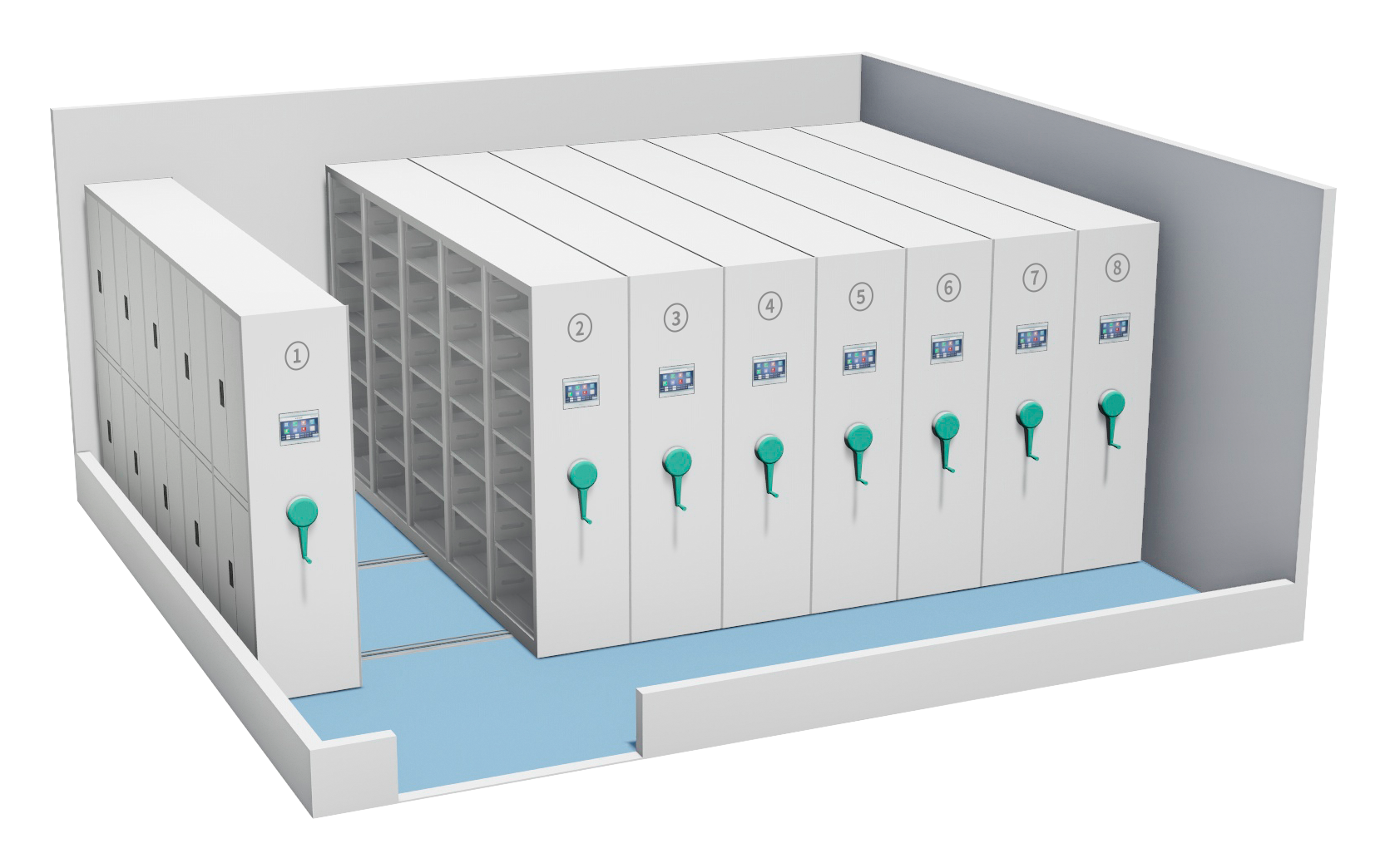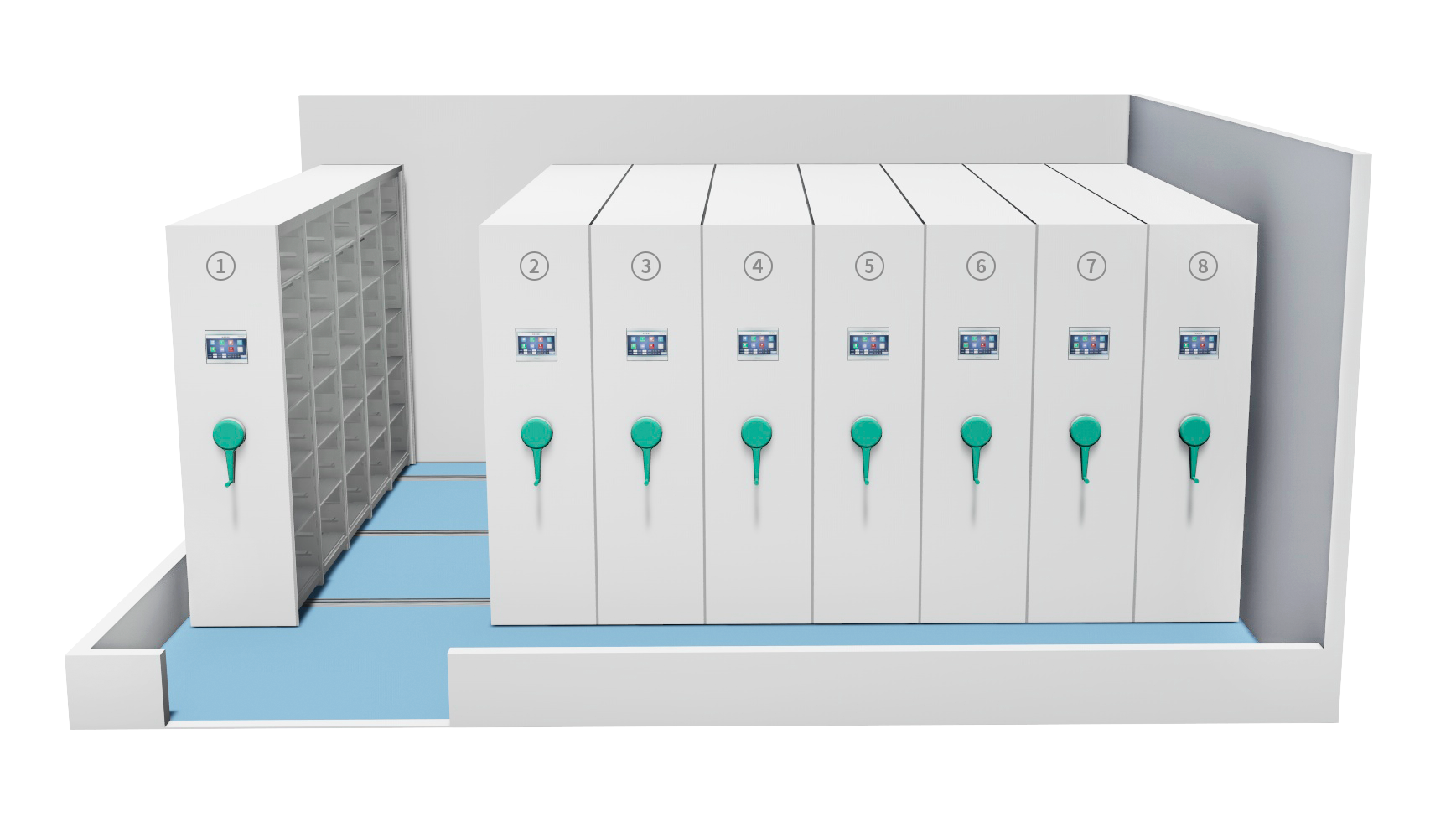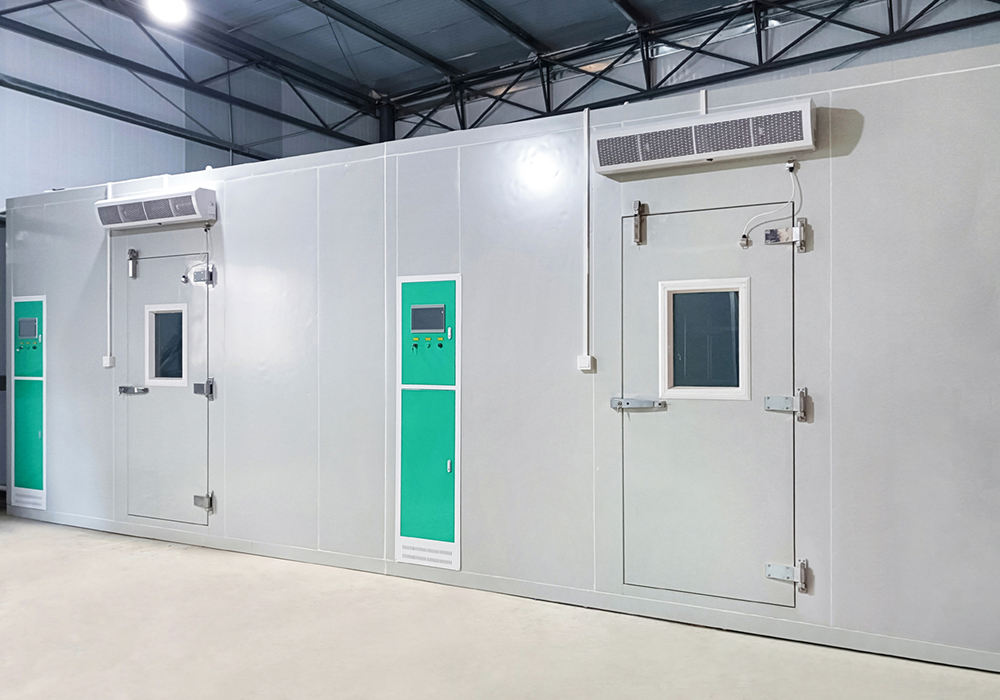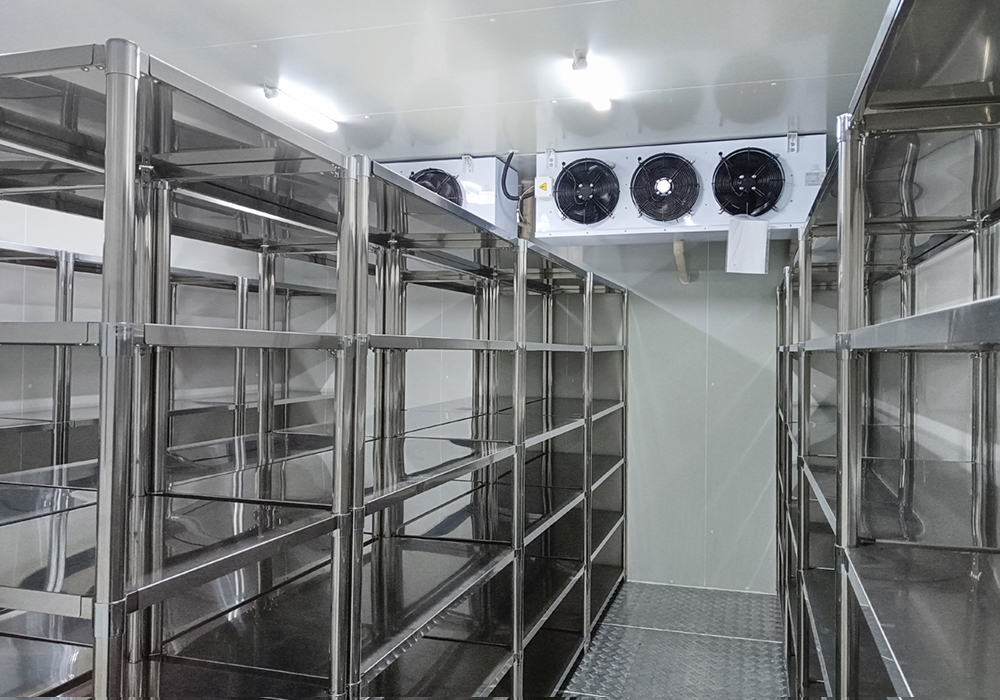.jpg)
Seed Preservation Rooms – SPR-L/M/S
Humidity Range: ≤50%RH
Moisture Content for Seeds: 5% to 10%
Lifetime for Seeds Preservation: ≥20 years
Temp. & Hum. Sensor: Equipped with WAISALA HMP60
Programmable Interactive Control system with 10" Touch Screen
Equipped with smart phone APP remote control system
Fresh Air System: Equipped with fresh air system
Growing Volume: 19.66m³/13.11m³
Exterior Dimension (W×D×H): 2310×2910/4200×3000mm
Product Introduction
We provide seed preservation solutions
Help you with professional germplasm bank construction, optimize the process of germplasm resource import and export, and build a reasonable functional layout of germplasm bank.

Rational distribution Meet the management process of germplasm bank, meet fire prevention regulations. | Large and systematic storage Achieve different kinds germplasm preservation. | |
Advanced Access and operation automation, intelligent remote monitoring. | Energy saving and stability Materials and noise are environmentally friendly, equipment is reliable and with high energy efficient. |
Specifications

Category of germplasm bank | Main technical indicators | Storage life | Storage feature |
| Short-term bank | • Temperature:10~15±2℃ • Relative humidity:≤50%RH | 3~5years |
|
| Medium-term bank | • Temperature:-4~4±2℃ • Relative humidity:≤50%RH | 10~20years |
|
| Long-term bank | • Temperature:-18~2±2℃ • Relative humidity:≤50%RH | 20~50years |
|
| Duplicate bank | • Temperature:-18~2±2℃ • Relative humidity:≤50%RH | 20~50years |
|
Product Features and Principles
|
|
➤ Safety Issues
Considering that germplasm repositories are used for long-term and indefinite protection of germplasm resources, factors such as quake-proof, water-proof, fire-proof, geologic hazards, and accidents should be taken into account in the design and construction process.
➤ Reliability Issues
The purpose of germplasm repository is to extend the lifespan of seeds as much as possible. Providing stable, reliable low-temperature and low-humidity storage conditions is essential for achieving this.
➤ Rational Layout
The overall layout design should fully consider the pre-storage process.
➤ Operational Energy Consumption
Given that the germplasm repository needs to operate continuously for many years, energy consumption for cooling and dehumidification should be considered to reduce carbon emissions. This includes minimizing the use of high-power dehumidifiers, using central chiller units for larger scales, and adopting heat pump methods for cooling and dehumidification.
Overall Design Plan
➤ 1. Storage Body: The walls use 50~100mm polyurethane insulation panels, and the floor uses polyurethane insulation panels with embossed aluminum plates. The door frame and door seams are equipped with moisture-proof and anti-freeze electric heating strips. Based on the on-site construction environment, the low-temperature storage floor should consider thermal insulation, anti-freeze treatment, and vapor barrier moisture-proof treatment.
➤ 2. Refrigeration: Using fully enclosed scroll industrial compressors, which are efficient, low-noise, and durable, with oversized evaporator and condenser heat exchange areas. The refrigeration units are configured with one standby unit and one active unit, with the operational coefficient controlled within 50% to ensure long-term reliable operation.
➤ 3. Hot Gas Defrosting: Hot gas from the refrigerant discharged by the compressor is directed into the evaporator coil through control valves, quickly melting the frost layer into water and draining it out.
➤ 4. Dehumidification: Utilizing air conditioning units and coil heat exchangers working simultaneously under computer control to form a dehumidification cycle, eliminating the need for a separate dehumidifier.
➤ 5. Intelligent Environmental Control System: A user-friendly interface allows convenient temperature setting. Through intelligent algorithms, the system can both cool to the set temperature and dehumidify with low energy consumption.
➤ 6. Seed Racks: Mobile compact seed racks or stainless steel shelves.
➤ 7. Pre-treatment Drying Equipment: Using "Double 15" drying boxes and drying rooms, with temperature set at 15°C and humidity at 15%.


.jpg)
.jpg)
.jpg)
.jpg)


